The echoes of battle resonate through time in Russell Alexander’s “Storming of El Caney March,” a composition that transcends its musical form to embody a pivotal moment in American history—the Spanish-American War. This article explores the fascinating journey of the march, from its creation in the wake of a hard-fought victory to its recent rediscovery and resurgence in the 21st century.
A March Forged in Conflict: The Battle of El Caney
The year was 1898. The United States and Spain were locked in a struggle for control over overseas territories, a conflict that would become known as the Spanish-American War. On July 1st, amidst the heat and chaos of battle, American forces, including the now-legendary Rough Riders led by Theodore Roosevelt, clashed with Spanish defenders at the village of El Caney, Cuba.
This strategically crucial location, nestled near Santiago de Cuba, became the focal point of a fierce and bloody encounter. The Spanish, though outnumbered, were well-equipped with modern Mauser rifles and entrenched in fortified positions. The Americans, armed with older Springfield rifles, faced a tenacious enemy determined to hold their ground.
The Battle of El Caney raged for hours, a brutal testament to the courage and sacrifice of soldiers on both sides. The Spanish fought fiercely, inflicting heavy casualties on the advancing Americans. The Americans, however, pressed their attack relentlessly, their determination fueled by a desire to secure a victory crucial to their campaign.
By late afternoon, after a day of intense fighting, the Spanish forces, their ammunition dwindling, began to withdraw. Among the casualties was their valiant leader, Brigadier General Joaquín Vara de Rey y Rubio, who was mortally wounded during the retreat. Though a victory for the Americans, El Caney came at a high cost, with over 1,300 American casualties, underscoring the ferocity of the Spanish defense and the strategic importance of the engagement.
From Battlefield to Concert Hall: The Genesis of a March
In the aftermath of the Battle of El Caney, a young American composer named Russell Alexander, likely moved by the tales of heroism and sacrifice, found his muse. Between 1898, the year of the battle, and 1903, he put pen to paper, crafting a musical tribute to the American victory—the “Storming of El Caney March.”
While no direct evidence suggests Alexander witnessed the battle firsthand, his composition captures the spirit of the era, channeling the patriotic fervor that gripped the nation. This traditional march, typically performed at a gallop tempo, pulsates with energy and triumph. The music evokes vivid imagery: the steady drumbeat mimicking marching feet, the soaring melodies embodying the valor of soldiers, and the resounding climax proclaiming victory.
A Lost Legacy Resurfaces: Rediscovering “Storming El Caney March”
For decades, the “Storming of El Caney March” languished in obscurity, its sheet music seemingly lost to time. Then, in a remarkable turn of events, Alexander’s original manuscripts were rediscovered in the 21st century, offering a precious glimpse into the musical landscape of the Spanish-American War era.
This rediscovery sparked renewed interest in the march. In 2018, arranger Andrew Glover, recognizing the historical and musical value of the piece, meticulously transcribed and prepared it for modern publication through C.L. Barnhouse. This revival breathed new life into Alexander’s composition, making it accessible to musicians and audiences eager to connect with this forgotten chapter of American musical history.
The Enduring Legacy of “Storming El Caney March”
Today, thanks to the efforts of dedicated researchers, musicians, and publishers, the “Storming of El Caney March” is experiencing a resurgence. Recordings of the march, performed by various ensembles, including the Sounds of the Circus South Shore Concert Band, can be found on platforms like Spotify, introducing new generations to Alexander’s evocative composition.
Beyond its musicality, “Storming El Caney March” serves as a poignant reminder of the power of music to transcend time, preserving history and evoking emotions. The march’s recent rediscovery underscores the importance of musical preservation and archival research, highlighting how these efforts can unearth hidden gems and enrich our understanding of the past.
Exploring Deeper Connections: Music, History, and Legacy
While the rediscovery of “Storming El Caney March” has shed light on a forgotten piece of American musical history, it also presents opportunities for further exploration. Research suggests the existence of a separate “Storming of El Caney” galop, composed around the same period. Comparing and contrasting these two pieces, analyzing their stylistic similarities and differences, could offer fascinating insights into how composers of the time approached depicting historical events through music.
Furthermore, examining “Storming El Caney March” within the larger context of Russell Alexander’s body of work, particularly his other marches, could provide a deeper understanding of his compositional style, influences, and contributions to the genre.
The “Storming of El Caney March,” once lost to time, now stands as a testament to the enduring power of music to connect us to the past. As we listen to its rousing melodies, we are transported back to a pivotal moment in American history, reminded of the sacrifices made and the complexities of war. More than just a march, it stands as a tribute to courage, a testament to resilience, and an enduring echo of a battle that helped shape the course of a nation.
Did you know that the brave act of Rosa Parks Bus MTA was the catalyst of the Montgomery bus boycott?
Do you know how the relationship and marriage between Archduchess Gisela of Austria and Prince Leopold of Bavaria impacted the history of the Habsburg dynasty?
Did you know about the 1920s Bathing Suits and how they were more revealing, which caused controversy at the time?
Do you know about Payola Welles and how it created a scandal in the radio and music industry in the 1950s and 1960s?
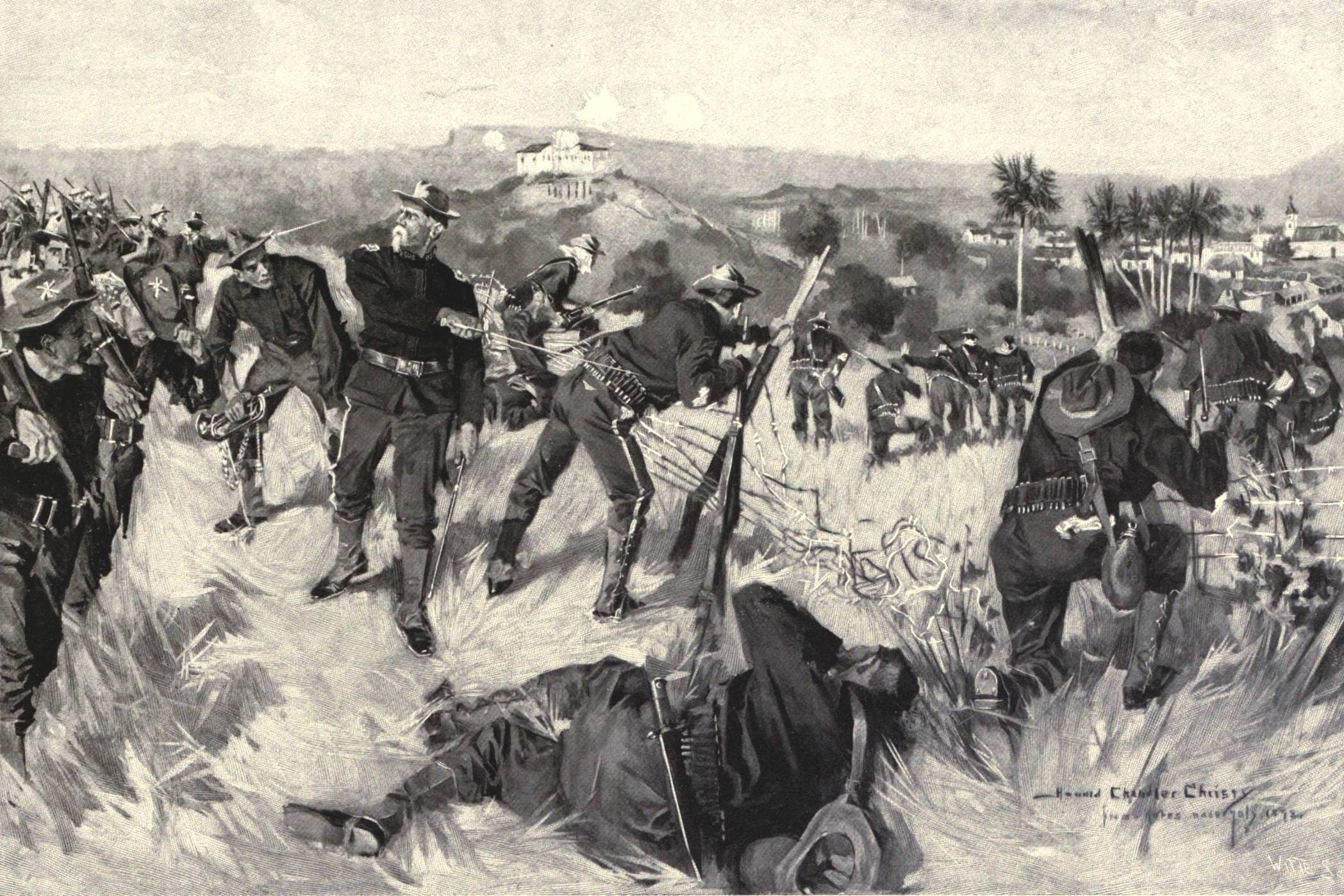
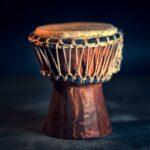


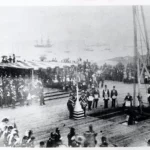
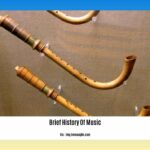
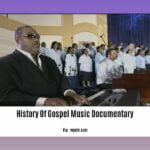






2 thoughts on “Storming El Caney March: Unveiling the Music and History”
Comments are closed.